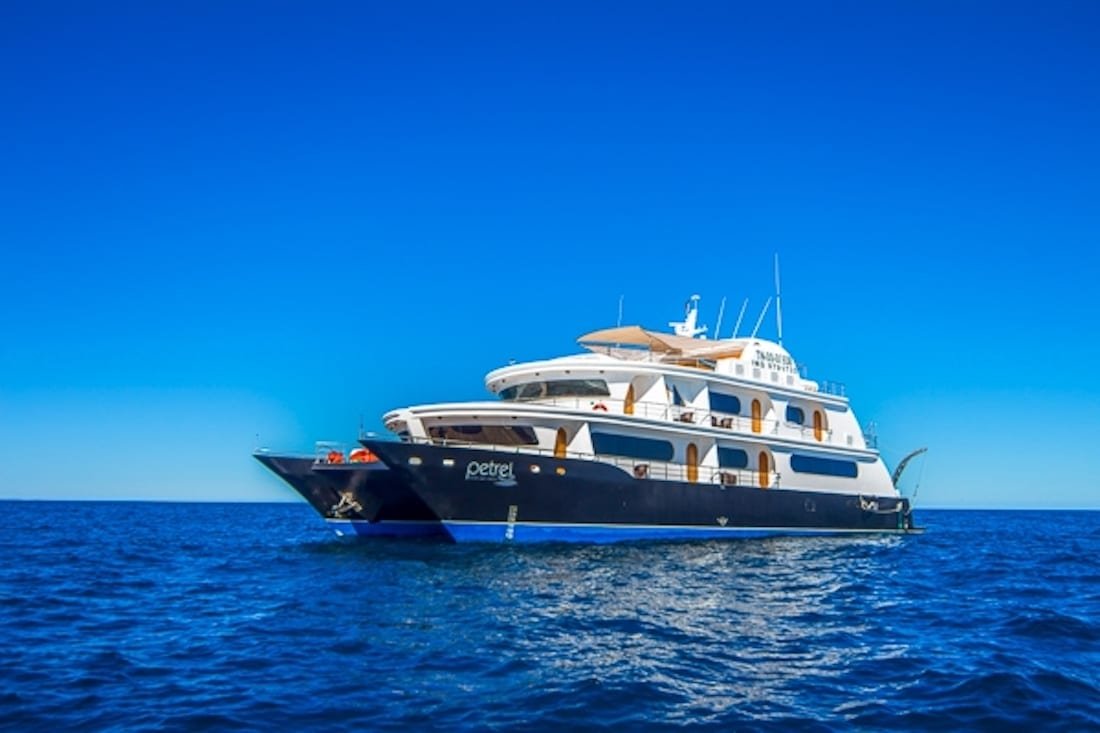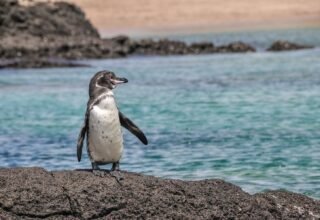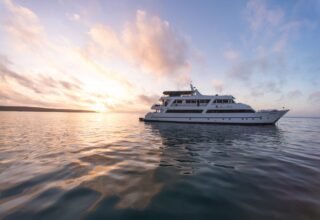Concerns About Sea Sickness in the Galapagos?
The waters of the Galapagos are generally calm. Most visitors adjust to life aboard a cruise vessel quickly, gaining their sea legs in a day or two. Significant discomfort is relatively uncommon.
Some factors, such as wind, current, and weather can cause choppiness and result in sea sickness in the Galapagos. When you travel, your itinerary, and your choice of vessel can affect how you feel while navigating in the Galapagos. You can also take precautions to avoid or limit uneasiness.
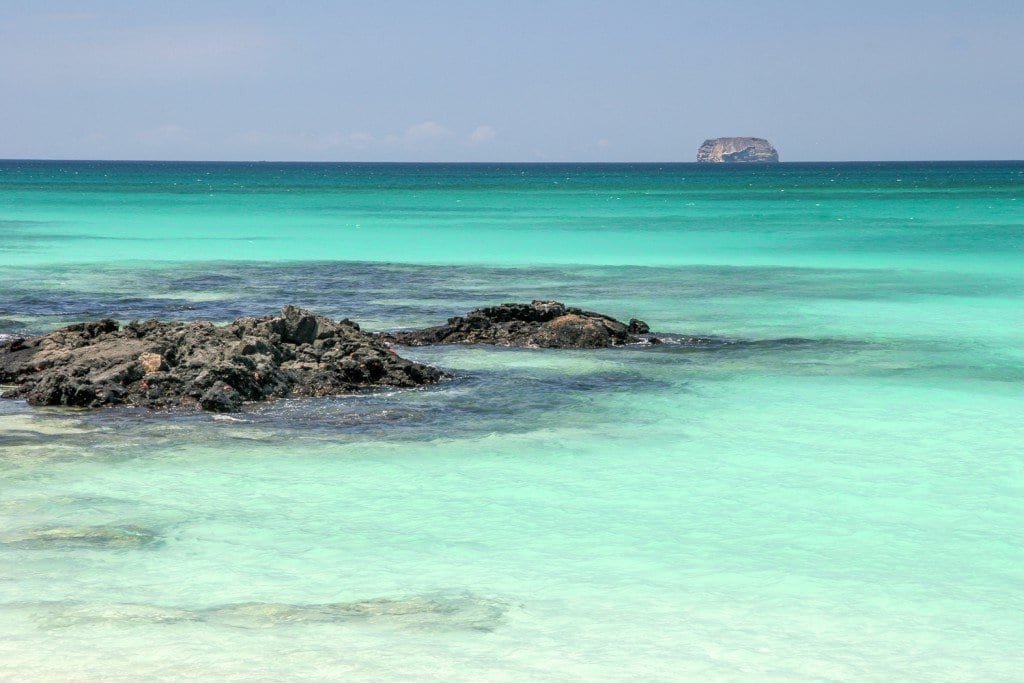
Seasonal Waves & Winds
The Humboldt Current arrives in the Galapagos in late June. These cold waters from the southern Pacific and Antarctic are nutrient rich; they support an abundance of pelagic (ocean-going) species and marine mammals.
The upwelling of this current, combined with prevailing winds from the southeast, also increases wave action in the Galapagos from late June / early July to late November / early December. September waters tend to be the choppiest; many of the tourist vessels choose September for renovations in the dry-dock.
Waters are generally calmer before and after the September peak. The calmest month is usually February, when the warmer Panama Current prevails. In general, the closer your travel is to February, the calmer the seas. That said, we’ve completed some of the longer navigations between islands in August and September; the waters were only somewhat choppy—nothing to write home about.
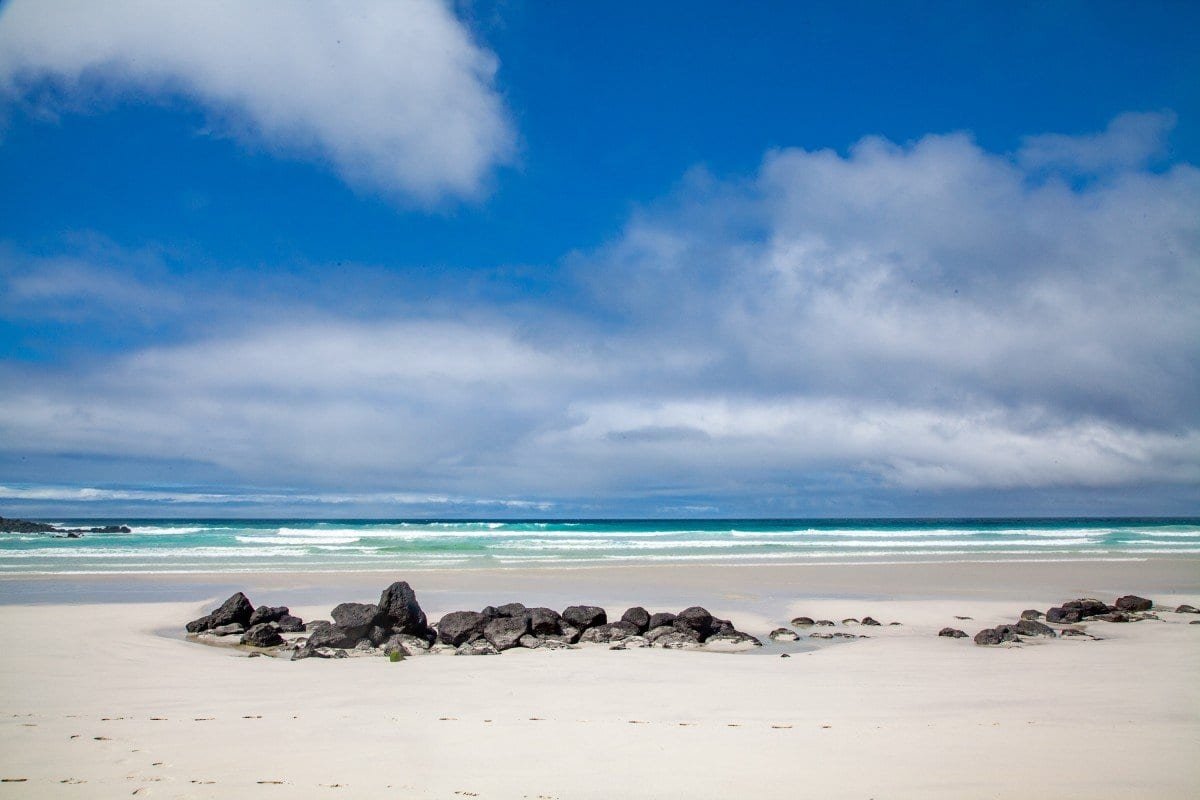
Itinerary
Because winds in the Galapagos blow from the southeast, the southeastern part of the archipelago tends to have stronger waves during the June to December period.
Islands in the west, such as Fernandina and Isabela, and Santiago, often have calmer seas. The larger stretches between islands (e.g. the crossing to Pinta, Wolf, or Genovesa) can also be rougher than shorter, more protected crossings.
Choice of Vessel
Visitors to the Galapagos often expect the larger ships there to be more stable. That’s not necessarily the case. The 100-passenger limit in Galapagos means ships are just not that large—nothing like Caribbean cruise ships. Even the largest ships in the Galapagos are not large enough to overcome wave action; the largest ships can still rock in rough seas.
Most of these larger ships have deeper drafts; they cannot come near enough to the coast to avoid chop while navigating or while anchored. Electronic stabilizers and more modern hull designs can reduce motion. However, many of these larger ships have only a bow anchor, not an aft anchor; in choppy waves, they can bob like corks and cause discomfort.
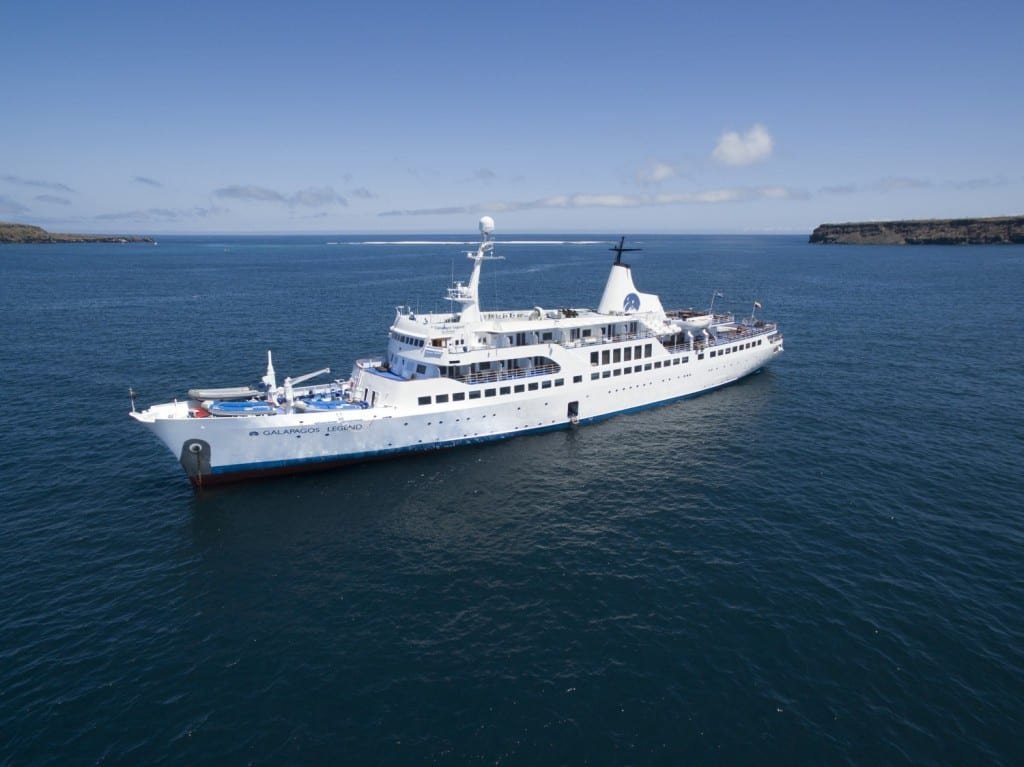
Smaller, comfortable live-aboard vessels can navigate and anchor closer to the coast and in shallow, sheltered bays. Many of these smaller vessels have new, modern designs, stabilizers, and anchors both in the bow and at the stern.
Others—catamarans and tri-marans—have twin or triple hulls to increase stability. Most of these vessels accommodate 12 to 20 guests; many are built to accommodate 16 guests in 8 cabins.
